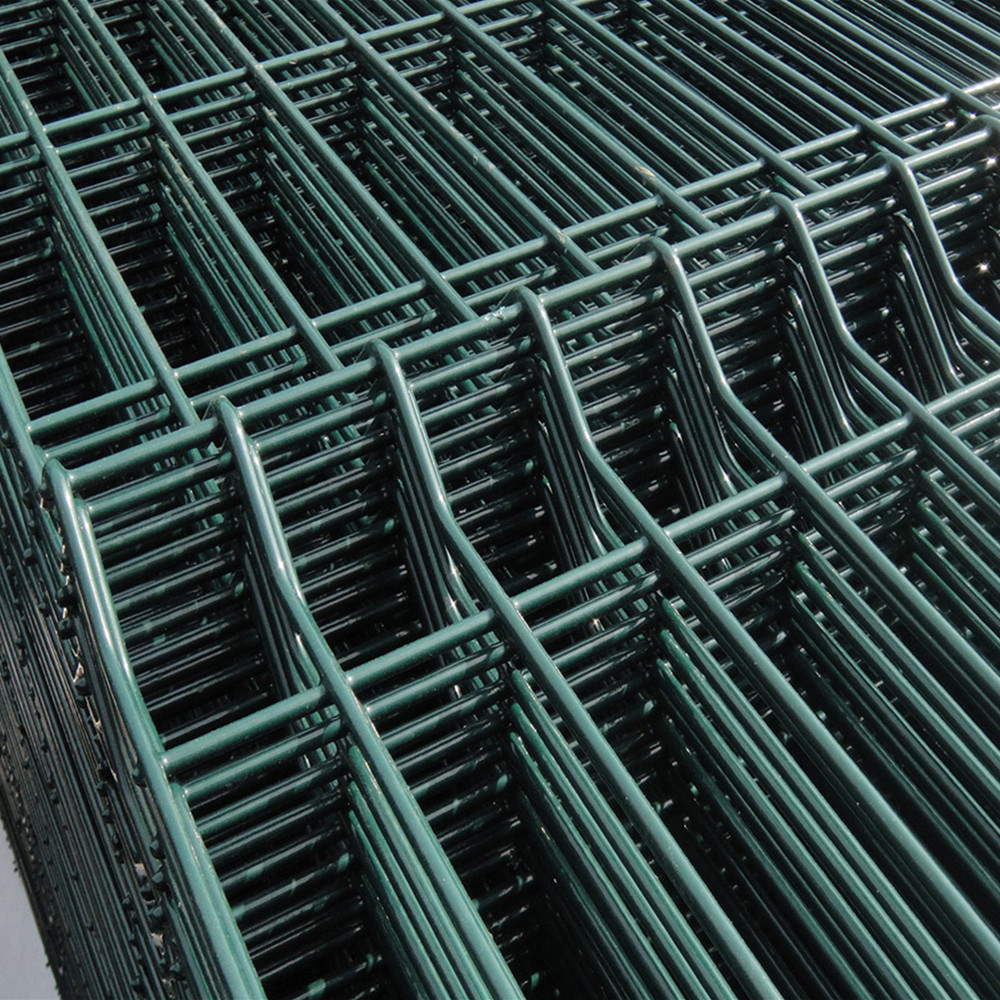Dec . 04, 2024 10:27 Back to list
Building Frameworks with Scaffold and Plank for Enhanced Structural Support
The Role of Scaffold Planks in Construction Safety and Efficiency
In the realm of construction, scaffold planks play a pivotal role in ensuring both safety and efficiency at job sites. Construction sites are often bustling hubs of activity where multiple tasks occur simultaneously, making it essential to have a secure and reliable structure to support workers and materials. Scaffold planks are critical components that provide the necessary support and stability for workers operating at heights.
The Importance of Scaffold Planks
Scaffold planks are horizontal boards used in scaffolding systems to create a platform where workers can stand, move, and perform their tasks at various elevations. These planks are typically made from wood, aluminum, or composite materials, each offering unique benefits. Wood scaffold planks, often made from high-quality lumber, have historically been the go-to option due to their robust nature and ease of handling. However, as technology advances, aluminum and composite materials are gaining popularity for their lightweight characteristics and resistance to environmental factors.
The primary function of scaffold planks is to provide a safe working surface. According to data from the Occupational Safety and Health Administration (OSHA), falls from heights are one of the leading causes of injuries and fatalities in the construction industry. Scaffold planks help mitigate these risks by offering reliable platforms that workers can trust. When properly installed and maintained, these planks create a level and stable work area that enhances safety for all personnel involved.
Types of Scaffold Planks
There are various types of scaffold planks available, tailored for different applications and environments
. The most common types include1. Wooden Planks Traditionally used for scaffolding, these planks are made from high-grade lumber. They are durable but require regular inspections to ensure they are not worn or damaged.
2. Aluminum Planks Known for their lightweight properties, aluminum planks are easy to transport and set up. They are corrosion-resistant and can be used in a wide range of weather conditions without risk of degradation.
scaffold plank

3. Composite Planks Made from a blend of materials, composite planks offer a strong and lightweight option that is resistant to moisture, chemicals, and UV rays. This makes them ideal for various outdoor applications and enhances their longevity.
Compliance and Standards
The use of scaffold planks is not merely a matter of convenience; it is regulated by standards established by organizations like OSHA and the American National Standards Institute (ANSI). These regulations dictate the materials that can be used, load capacity, and maintenance protocols. Compliance with these standards is crucial to maintaining a safe working environment and protecting workers from potential hazards.
Before using scaffold planks, contractors must conduct thorough inspections to identify any signs of wear, damage, or defects. Proper training of workers is also essential to ensure they understand how to use these planks and the scaffolding system effectively. Workers should be trained to recognize potential hazards and the importance of following safety protocols while working on scaffolds.
Innovation and Future Trends
As the construction industry continues to evolve, so does the technology behind scaffold planks. Innovations in materials and design are leading to the development of stronger, lighter, and more durable options. For instance, advanced composites can offer increased strength-to-weight ratios, allowing for greater load capacities while reducing the overall weight of scaffolding systems.
Additionally, the integration of smart technology into scaffold systems is emerging. Sensors could be incorporated into planks to monitor structural integrity in real-time, alerting workers to potential failures before they become serious safety issues.
Conclusion
Scaffold planks are indispensable in the construction industry, providing a safe platform for workers and enabling efficient project execution. With ongoing advancements in materials and safety standards, scaffold planks will undoubtedly continue to evolve, further enhancing their role in protecting construction workers and ensuring the successful completion of projects. As we move toward a future where safety and efficiency are paramount, the importance of scaffold planks cannot be overstated. Investing in high-quality scaffold planks and adhering to safety regulations is not just good practice; it is essential for the well-being of everyone on the job site.
-
358 Anti Climb Welded Wire Mesh Fence - Secure Perimeter Defense
NewsAug.02,2025
-
Durable Hot-Dip Galvanized Farm Field Wire Fence | Farm Security
NewsAug.01,2025
-
Temporary Fencing Solutions-Anping County Xingzhi Metal Wiremesh Products Co.,Ltd
NewsJul.31,2025
-
Hop Dipped Galvanized / PVC Coated Temporary Fence - Anping County Xingzhi Metal Wiremesh Products Co., Ltd.|Durable Temporary Fencing&Cost-Effective Security Solutions
NewsJul.31,2025
-
Hop Dipped Galvanized / PVC Coated Temporary Fence-Anping County Xingzhi Metal Wiremesh Products Co., Ltd|durable temporary fencing&corrosion-resistant solutions
NewsJul.31,2025
-
Temporary Fencing Solutions - Anping County Xingzhi Metal | Galvanized PVC Coated Fences
NewsJul.31,2025



